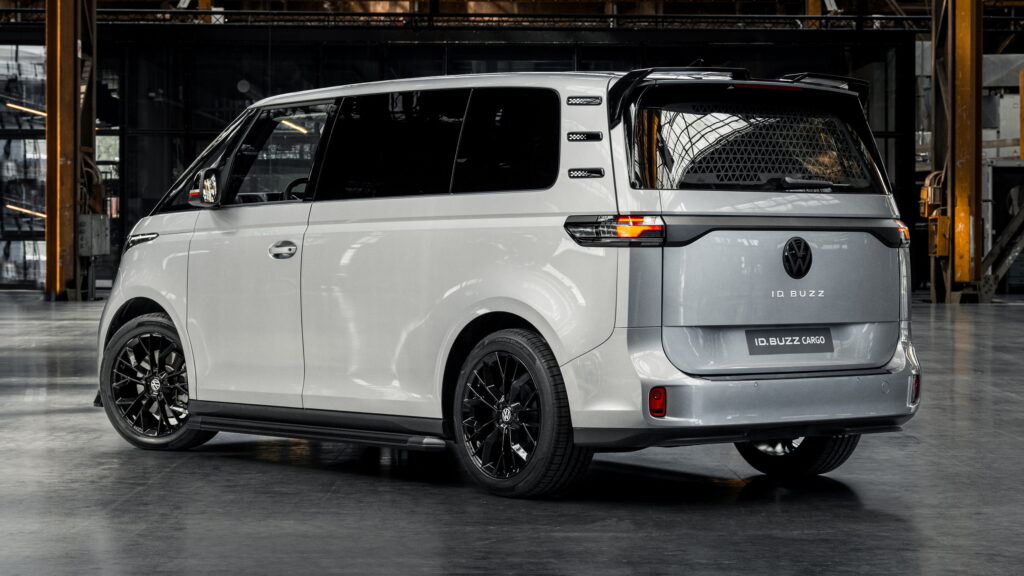Geely Is Coming After The Ford Transit With Electric Farizon SV Van
- Farizon Auto’s SV electric van is designed to challenge the Ford Transit’s dominance in fleets.
- Its modular architecture boosts battery capacity, improving performance and reducing weight.
- Pricing for the Farizon SV is yet to be revealed, but sales in the UK will start in mid-2025.
The Ford Transit has been one of the go-to vans for many decades, but in the age of electrification, a subsidiary of Geely wants a piece of the pie. Farizon Auto gives us a first look at its new electric van, known as the SV. While Lamborghini might not be too happy with that name, sales are scheduled to start in the first half of 2025.
Farizon is first introducing the SV in the UK and will sell it through Jameel Motors, the nation’s local Geely distributor. It’s been designed to meet the needs of European fleets and, according to the firm, has completed more than one million miles of testing, getting it ready for its market launch. Pricing details have not yet been announced.
Read: Zeekr Mix Electric Minivan Aspires To Rival The VW ID.Buzz
Underpinning the electric van is a modular architecture that includes ‘cell-to-pack’ technology, boosting battery capacity by 10%, improving body rigidity by 20%, and reducing weight by 4%. Shoppers will be able to choose between 67 kWh and 83 kWh battery packs at launch, while a 106 kWh battery will follow at a later date. Three different lengths and three body heights will also be available, ensuring companies can get the perfect-sized van for their needs.
The Farizon SV is the first van of its kind to use dual-redundancy drive-by-wire for the steering and braking systems. According to the company, this doesn’t just reduce stopping distances and improve steering response, but it also helps to increase load capacity and reduce weight by 8%. It’s expected to have load capacities ranging from 2,425 lbs (1,100 kg) to 2,866 lbs (1,300 kg), depending on the configuration. Cargo capacity will also vary between 6.9 cubic meters and 13 cubic meters.

A peek inside the cabin reveals that it’s quite basic, but that’s to be expected of a commercial van like this. The key standout is a large infotainment screen on the dashboard, joined by a digital instrument cluster. The SV also features a center front seat.

